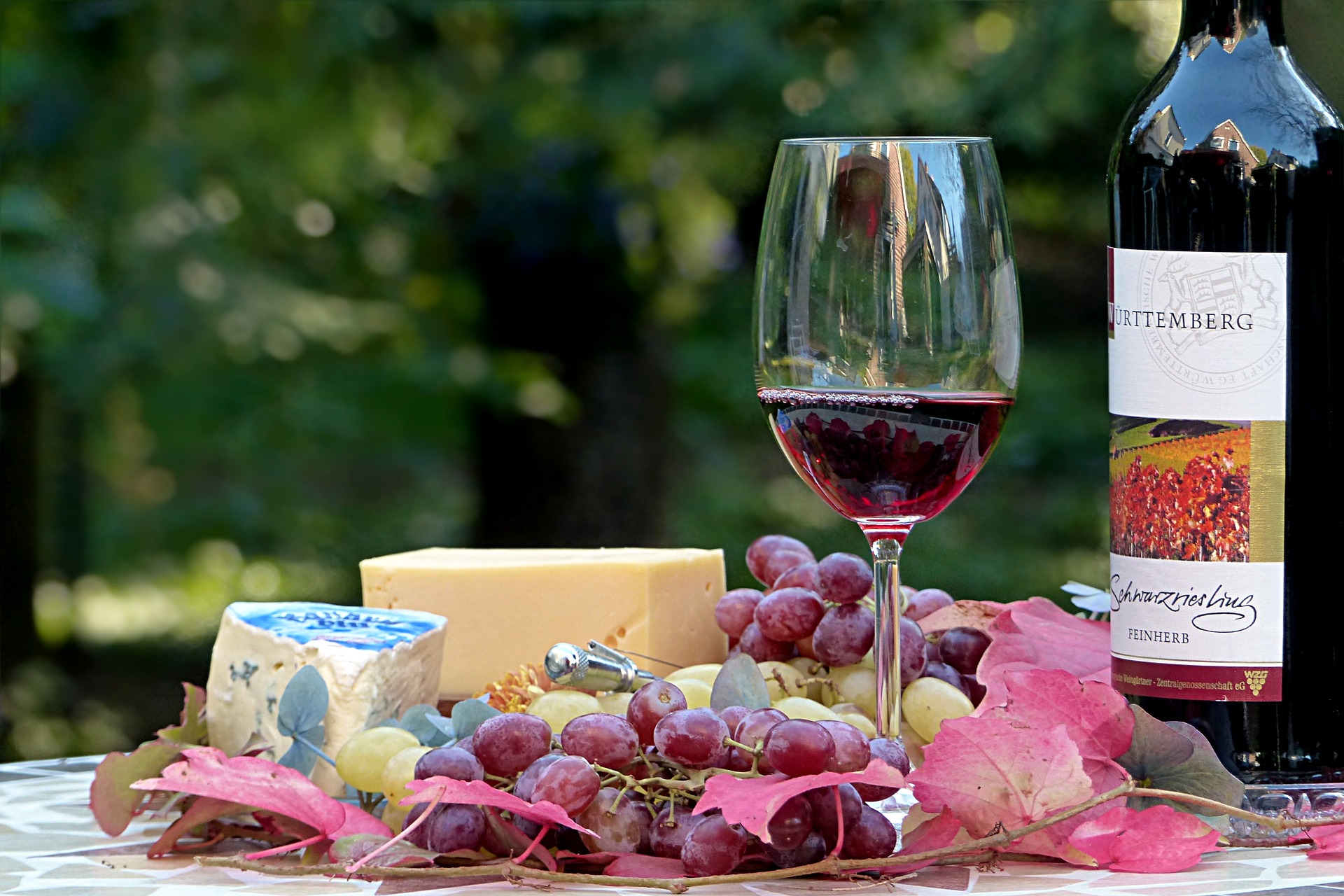As far as I’m concerned, one of the finest, most enjoyable things in life is a good wine tasting. If you are reading this article then odds are you’re a wine enthusiast too, and you have interest in learning about having a wine tasting–that’s great! Tastings can range from a casual, intimate gathering of friends and neighbors, to an elaborate, upper-crusty affair. This author spends most time in blue jeans and flip-flops in the tropics, so you can probably guess which I prefer…
Step One – Look at the Wine
Pour a glass of the wine into appropriate (shapes and sizes vary from red to white wine, from young to mature – pour approx. 2 oz.) crystal glasses and give it a quick swirl. Carefully scrutinize the way it looks. Many experts agree it’s best if you have a white background against which to look at it–a white tablecloth, a white linen napkin, a towel–whatever you have. As in choosing a diamond, examine the color and clarity of the wine. Mature reds will differ in hue, consistency, sediment levels, etc. Likewise with whites…more mature whites can be darker, younger ones can be lighter, and so on.
Step Two – Smell It!
The olfactory system figures heavily into the experience of wine tasting–the nose knows. Swirl the wine for a good 10 – 12 seconds to aerate and open it up. This also gets rid of some of the wine’s alcohol. Take a sniff and note your initial impression. Wait a few seconds, and then smell it again. Don’t be shy either–this time get your nose down in the glass and inhale deeper to take in the aromas. Take note of what you smell…oak, spices, fruits, berries, minerals, etc. The more you practice, the better you’ll get at discerning the various aromas.
Step Three – Take a Sip
Ah, the best part of wine tasting…sipping it! Take a small sip and roll it around your tongue, from front to back, from side to side. Different taste buds taste different things–sourness, sweetness, saltiness and bitterness. Slurp in some air during tasting to further aerate the wine. Making a little seemingly inappropriate noise here is perfectly okay. At this point, you can either swallow the wine, or spit it out if you are tasting several wines and don’t want to feel loopy.
The Three Phases of What You Taste
There are three phases you experience in wine tasting. The first phase of the tasting is called the Attack Phase. This is the first impression that the wine makes on your palate. The second is known as the Evolution Phase. This is what the wine actually tastes like on your palate. The third phase is called the Finish. This is the impression the wine has on you after you swallow it…how long you taste it and what the aftertaste is. This is a very rudimentary explanation of each of the phases…they actually could fill up a separate article.
Wine Tasting Tips:
– Never, ever hold your crystal wine glass by the bowl–always hold it by the stem. Your hands heat the wine up, which in turn, alters the tasting experience. – Decant the wine in a crystal decanter before the wine tasting. I recommend this for both red and white wine–not everyone agrees that whites should be decanted but I’ve done my own taste tests and I’ve definitely noticed a difference. Note that more mature red wine needs less time to breathe than young red. – Keep the wine at the correct temperature for tasting.
Article Source: http://EzineArticles.com/6468426
